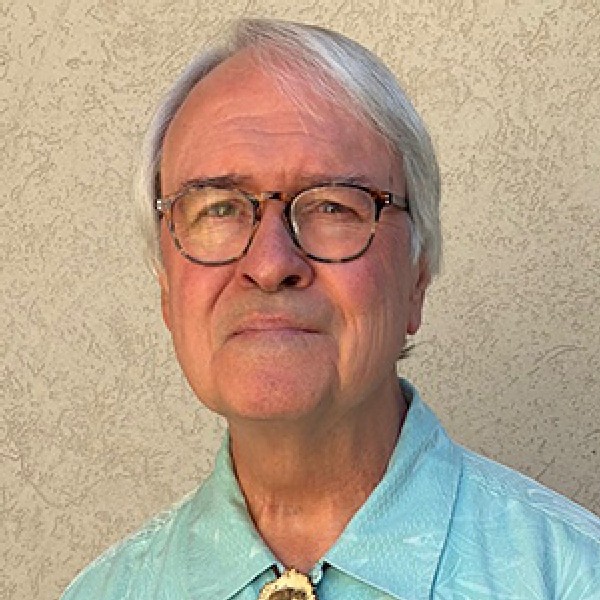
Active Care Protocols
Jeffrey Tucker, DC, DACRB

Jeffrey Tucker, DC, DACRB

Samuel A. Collins

James Lehman, DC, DIANM

Thomas Michaud, DC

K. Jeffrey Miller, DC, MBA

David Seaman, DC, MS, DABCN

Deborah Pate, DC, DACBR

James D. Edwards, DC


Donald DeFabio, DC, DACBSP, DABCO

Jamy Antoine, DC, BCN, CFP®

Ronald Feise, DC

Donald Petersen Jr., BS, HCD(hc), FICC(h) Publisher

Charles Masarsky, DC, FICA

John Hanks, DC
New York's highest court of appeals has held that no-fault insurers cannot deny no-fault benefits where they unilaterally determine that a provider has committed misconduct based upon alleged fraudulent conduct. The Court held that this authority belongs solely to state regulators, specifically New York's Board of Regents, which oversees professional licensing and discipline. This follows a similar recent ruling in Florida reported in this publication.
Adjusted Reality, the new book by Foundation for Chiropractic Progress (F4CP) President, Dr. Sherry McAllister, promoting chiropractic and whole-being health, is already making waves as a Barnes & Noble and Amazon bestseller. As of mid-November, the book ranked #1 and #2 in the Barnes & Noble Top 100 Bestselling NOOK eBook lists in the Diet, Health & Fitness and Medicine & Nursing categories, respectively; and in multiple categories on Amazon.
| Digital ExclusiveKeeping our eyes smoothly focused while moving is no simple task because even the simple act of running produces head velocities in excess of 550° per second with head accelerations up to 6,000° per second. Failure to properly stabilize our eyes to compensate for rapid head motion could allow our eyes to over- or undershoot specific targets, which can result in blurred vision, nausea, impaired balance, and a greatly increased risk of falling.